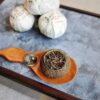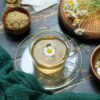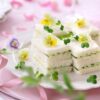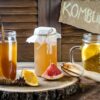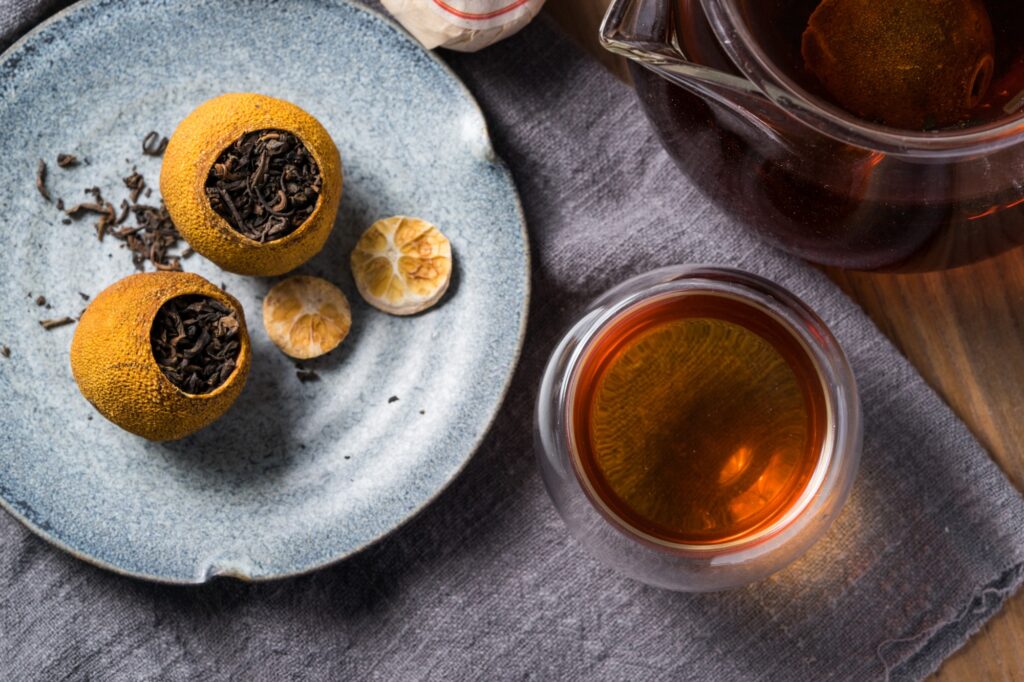
Imagine the fragrant aroma of citrus mingling with the earthy notes of Pu-erh tea, creating a sensory experience that transcends time. This ancient Chinese brewing method, known as 陈皮普洱 (chén pí pǔ’ěr), is not just a way to prepare tea—it’s a journey through centuries of tradition and flavor.
What You’ll Need
- Dried mandarin orange peels (preferably aged)
- High-quality Pu-erh tea leaves
- A gaiwan (traditional Chinese lidded bowl)
- Hot water
- Tea pick or small knife
- Tea towel
Preparing Your Citrus Tea Vessel
- Select your mandarin: Choose a well-dried mandarin orange peel. The older the peel, the more mellow and complex the flavor will be.
- Create an opening: Carefully use a tea pick or small knife to create a small hole at the top of the dried mandarin.
- Fill with tea: Gently stuff the mandarin with Pu-erh tea leaves. Don’t pack too tightly—allow room for the leaves to expand.
- Seal the opening: Use a small piece of the peel to cover the hole, creating a natural lid.
The Brewing Ritual
- Warm your gaiwan: Rinse the gaiwan with hot water to preheat it.
- Place the tea-filled mandarin: Carefully set your stuffed mandarin into the gaiwan.
- First rinse: Pour hot water over the mandarin, immediately discarding this first steep. This “awakens” the tea and cleanses the mandarin.
- The true steep: Pour hot water (around 95°C/203°F) over the mandarin again, filling the gaiwan about 3/4 full.
- Cover and wait: Place the lid on the gaiwan and let the tea steep for 5-10 minutes. This longer steeping time allows the flavors of the Pu-erh and mandarin to fully meld.
- Serve with reverence: Pour the tea into small cups, savoring the aroma before taking your first sip.
The Art of Serving
In the traditional Chinese method, serving this tea is an act of mindfulness and respect:
- Hold the gaiwan with both hands, feeling its warmth.
- Tilt the lid slightly to create a small gap for pouring.
- Serve your guests first, then yourself.
- Encourage everyone to inhale the fragrance before tasting.
🍵 Pro Tip: Use a tea towel to handle the hot gaiwan, protecting your fingers while adding an extra touch of elegance to the serving process.
Embracing the Experience
As you sip this unique brew, close your eyes and let your senses transport you to the misty mountains of Yunnan, where Pu-erh tea has been cultivated for centuries. The citrus notes of the mandarin dance with the deep, earthy flavors of the tea, creating a symphony in your cup.
Remember, this isn’t just about drinking tea—it’s about connecting with a tradition that has brought people together for generations. Each sip is a moment of reflection, a pause in the rush of modern life.
Variations to Explore
- Experiment with aging: Try using mandarins of different ages to discover how the flavor profile changes over time.
- Mix tea types: While Pu-erh is traditional, don’t be afraid to try other teas like oolong or black tea for a unique twist.
- Add complementary herbs: A small sprig of osmanthus or a few chrysanthemum petals can add delightful floral notes.
By mastering this brewing method, you’re not just making tea—you’re preserving a piece of cultural heritage. So gather your friends, prepare your mandarin-encased Pu-erh, and embark on a sensory journey that bridges the gap between past and present.
Happy brewing, and may your tea be as rich in flavor as it is in tradition! 🍊🍵

